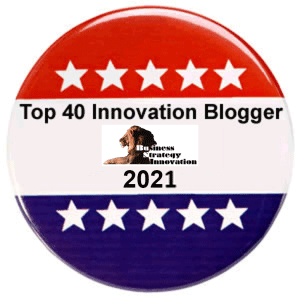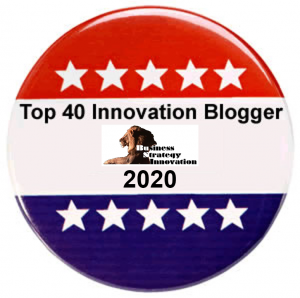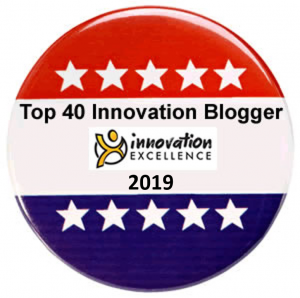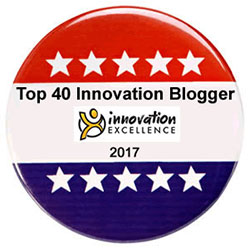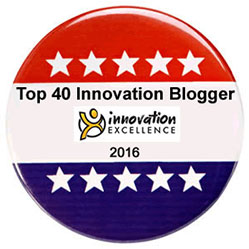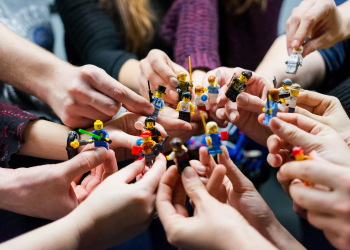In our blog “Leading and Managing Transitional Change” we described how leaders could help their people to transition through the fears and challenges they are experiencing as a result of the disruptive COVID-19 pandemic, by cultivating their mental toughness. This involves being willing to help them expose, confront, and overcome any previously unconscious biases and resistant demons. As well as supporting them to let go of any old stories, distortions, and untruths they held about crises and change. Finally, leaders who know how to actively and empathically integrate their “soft” being states, with their “hard” being states, mindsets, and behaviours, will help their people cultivate mental toughness. This mental toughness ignites the creative energy that pulls people out of any paralysed, overstressed, anxious, or apathetic states, when transitioning from the old to the new. It also increases their emotional agility, confidence, and competence in responding to Covid-19 and future challenges.
This was reinforced by Mc Kinsey & Co. in a recent article “Leadership in a crisis – Responding to the coronavirus outbreak and future challenges” which stated that: “What leaders need during a crisis is not a predefined response plan but behaviours and mindsets that will prevent them from overreacting to yesterday’s developments and help them to look ahead.”
The five key steps to responding to COVID-19 and future challenges
In their article, they outlined five key steps leaders need to take when responding to COVID-19 and future challenges. At ImagineNation™ we help organisations, leaders, and teams develop breakthrough mindsets, we adapted and enhanced these five key steps to better enable people to lead and manage change and build mental toughness:
- To promote rapid problem solving and execution under high-stress, chaotic conditions, leaders can organise collaborative networks of teams:
- Unite diverse groups through a common purpose, with clear roles and goals, and by establishing a set of disciplined and accountable processes that enable them to work cohesively and collaboratively together.
- Glued together via a team charter (ground rules for communications, decision making, and problem-solving) in much the same way that the individuals on a single team are able to be effective, agile, and collaborative.
- To practice “deliberate calm” which is the ability to detach from being fearful and reactive to the range of difficult and complex situations surrounding them:
- Knowing how to be present, conscious, and composed by flowing with “what is” really happening for people, acknowledging and accepting their fears and truths.
- Being able to then think clearly and rationally about how to orchestrate and navigate possibilities for “what could be” in a desirable future state.
- Being well-grounded, vulnerable, and humble and not give in to helplessness and avoidance.
- Being inherently positive and cultivating “bounded optimism” involving confidence, self-efficacy, and deep conviction, realism, and an ability to generate real and creative conversations with people, that really matter.
- To hit their pause buttons, and retreat from crisis management and reactive activities, to create the space for reflection time, curiosity and imagination and contemplation:
- Going up onto the balcony to assess the situation from multiple vantage points, to connect with, discover, and anticipate what may happen next.
- Rebooting, reimagining, and then acting in ways that are connective and explorational, to discover and design new ways of being co-creative with their people.
- Avoiding overreacting to new information as it comes in, especially to make a positive difference in the quality of people’s lives in ways they appreciate and cherish.
- To demonstrate empathy and compassion;
- Authentically connecting with people in ways that build awareness and an ability to sense, feel, and acknowledge their fears, pain, and suffering.
- Ensuring that they deal with the human tragedy as a first priority.
- To be vulnerable enough, to be honest, transparent, candid and clear what they know, what they don’t know:
- Coming from a beginner’s mind, being willing to unlearn what no longer matters and being open and willing to learn what might matter more in a desirable future state.
- Planning and designing thoughtful and frequent communications that show that they are connecting with, empathising and following the situation and adjusting their responses as they learn more about it, and people’s reactive responses to it.
Tolerating and adapting to the current reality
Only then, when responding to the range of COVID-19 and future challenges, can they lead people towards engaging and being receptive to creative conversations for tolerating and adapting to the current reality.
To then, gently and caringly pull and move them forward through the transition, toward the desired future state.
Tips for responding to COVID-19 and future challenges
Be fully present to the colleague you are interacting with; this means being calm, grounded, and emotionally self-aware: starting by being willing to step back and attune to the colleague’s emotional state – be detached and identify their core emotions, withhold judgement and come from an open and caring heart.
- Tune into and pay attention to how you are feeling and check into how the other person is truly feeling:
- Be inquisitive and curious and step into how they are feeling about……… by asking them to help you be where they are at?
- Acknowledge and empathise how they are feeling, congruently show that you really care about them.
- Embody and evoke a hopeful, optimistic, and positive state and pull your colleague towards embodying and enacting these states as well:
- Sustain your inquisitiveness and curiosity, and step up by reflecting and imagining why they might be reacting to the disruption and adversity, and resisting it in their own unique way?
- You can then tune into, and step out and acknowledge their mood:
- Inquire by asking open questions, listening carefully, accepting “what is” their current reality, whilst safely and provocatively pulling them towards accessing their inner strength, embracing their inherent goodness and igniting their curiosity and imagination.
- Gently pull them toward being hopeful and optimistic about the possibilities and opportunities as to “what could be” available to them in collaborating to co-create a better future.
Finally, responding to COVID-19 and future challenges by using the COVID-19 pandemic as an opportunity to tolerate and adapt to the current reality, whilst cultivating people’s mental toughness – to be stronger and as a benchmark for the art of the possible, in ways that are appreciated, valued and cherished.
This is the third and final blog in a series of three-monthly blogs, themed of Leading and Managing Human Transitions through Disruption and Adversity. Check out our upcoming Making Innovation a Habit Webinar on this subject.
Find out about The Coach for Innovators Certified Program, a collaborative, intimate, and deep personalized innovation coaching and learning program, supported by a global group of peers over 8-weeks, starting October 20, 2020. It is a blended learning program that will give you a deep understanding of the language, principles, and applications of a human-centred approach to innovation, within your unique context. Find out more.
Contact us now at mailto:janet@imaginenation.com.au to find out how we can partner with you to learn, adapt, and grow your business in the digital age.

